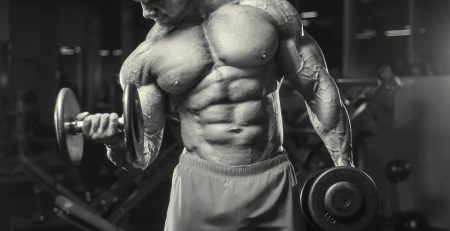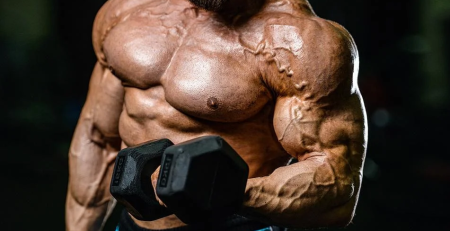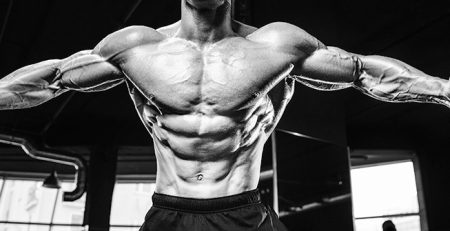Variations in the Number of Calories Ingested During Bulking or Cutting
Whether you’re reducing or bulking, it’s essential to adjust your calorie intake to meet your objectives. These cycles may be crucial to getting the figure you want. You should consume two to three times as many calories during a bulking phase. You can guarantee that you will have the energy to complete your workouts by making sure your food is high in protein.
An intense reduction in calories is experienced during a cutting cycle. By doing this, you can lose body fat. But you’ll have to be very selective about what you eat if you want to have the energy to continue. Additionally, dehydration must be avoided. Understanding how to deal with calorie fluctuations throughout each of these cycles is critical. You need to plan your meals and start making preparations early.
Bulking Cycle
During a bulking cycle, you will generate more calories than you need. Nonetheless, this does not mean that you should eat poorly all day! Foods high in sugar and processed foods should be avoided. You should eat every three to four hours to keep your energy levels up and stop your body from turning what you consume into fat. The body uses this additional set of activities to burn calories. Most of the time, nobody is even thinking about them. For example, when they move when sitting or when they walk. During a bulking cycle, having more food can help you push yourself harder and complete your exercises.
How much food should you eat when bulking up?
During a bulking cycle, there is no definitive answer to the question of how much a person should consume each day. This is so because each individual is distinct. Numerous variables, including as metabolism and physical activity, will affect these numbers. To compute such figures, you should conduct your study or speak with an expert. Refrain from entering the loop headfirst and trying to untangle it as you go. The key to success is having a solid strategy!
Quantity of Newly Created Lean Muscle
How much weight are you hoping to gain throughout that bulking cycle? Even if you currently have a lot of muscle, try to gain five to ten pounds more. If you have no muscle mass at all, you might aim for 20 pounds of lean muscle mass throughout the bulking cycle. For those who are just beginning to gain muscle, gaining three pounds every month should be their goal. A good aim for advanced bodybuilders who already have muscle is to gain 5 to 8 pounds every month. Compared to males, women usually burn body fat more slowly and gain muscle more slowly. Differentiations in body chemistry are the cause of this.
For women who are just beginning to gain muscle, gaining two pounds every month should be the goal. Ladies who have advanced farther in this stage should strive for 4 pounds of lean muscle mass every month. Don’t worry if your results don’t precisely match these figures. You should be inspired to complete the schedule as long as you keep improving and getting stronger every week.
Cutting Cycle
During a lowering cycle, you will consume significantly fewer calories to create a daily deficit. Even though you won’t be working out as hard, your body will still need nutrition to function. Reducing the remaining body fat is the aim of the cutting cycle. You have to trick the body into using its fat reserves to compensate for the lack of calories to do this.
Normally, the body would use the muscles as fuel and energy and store the fat in the body. Using various supplements, such as SARMs or anabolic steroids, can help reduce body fat while maintaining the muscles that were gained throughout the bulking cycle. The body will change during a cutting cycle in terms of metabolism and food processing.
Modifications in Metabolic Rate
When you cut, your metabolic rate will change and be affected. As a result, your overall weight reduction will be slower. It will be harder to reduce weight the more body fat you have. Because of this, an obese person who cuts calories will lose a lot more weight than someone who just needs to shed a few pounds.
Compared to a bulking cycle, a lowering cycle will include consuming less protein. This is because you may obtain energy without needing to consume all of the extras. But, the food you eat at meals ought to satisfy you for a long time. You don’t want to experience hunger throughout a cutting cycle. Using a range of vitamins during a cutting cycle will help you stay highly energetic. It may be difficult to do that on your own when you are ingesting significantly fewer calories than you were previously consuming. To avoid overindulging, take care to organise your meals correctly. You may feel tempted to eat more than you should during a reducing cycle, but doing so will keep you from decreasing body fat.
Cardio workout
When on a reducing cycle, heart-pumping activity is required many times each week. There should be thirty to sixty minutes every other day. Lifting weights can help you maintain muscle mass and lose body fat. Make sure the lifting plan you engage in benefits your entire body, not simply the areas you are trying to strengthen.
How Many Calories Should I Eat?
Just as no two people are alike, so are the exact details of calorie consumption during a bulking cycle. The amount of food you should eat during your cutting cycle is something you need to carefully consider. If they lose weight too rapidly, a lot of bodybuilders and athletes find that they get extremely hungry and tired. It would be wiser to cut your intake first, and then, after a few weeks, cut it by an extra 15% to 20%.
Women often adapt to shortened cycles better than males since they require fewer calories inherently to thrive. A female’s daily calorie intake ranges from 1,1150 to 1,300 on average. However, due to extreme calorie restriction, women are more likely than men to develop eating disorders and thyroid problems. Women also need to take into account the weight changes brought on by menstrual cycle-related water retention.











Leave a Reply